The Early Classical period combines the austere nobility of the archaic style with an increasing interest in naturalistic movement—often rendered in gleaming bronze.
c. 480–448 B.C.E.
The Early Classical period combines the austere nobility of the archaic style with an increasing interest in naturalistic movement—often rendered in gleaming bronze.
c. 480–448 B.C.E.
What is the Early Classical period?
We're adding new content all the time!
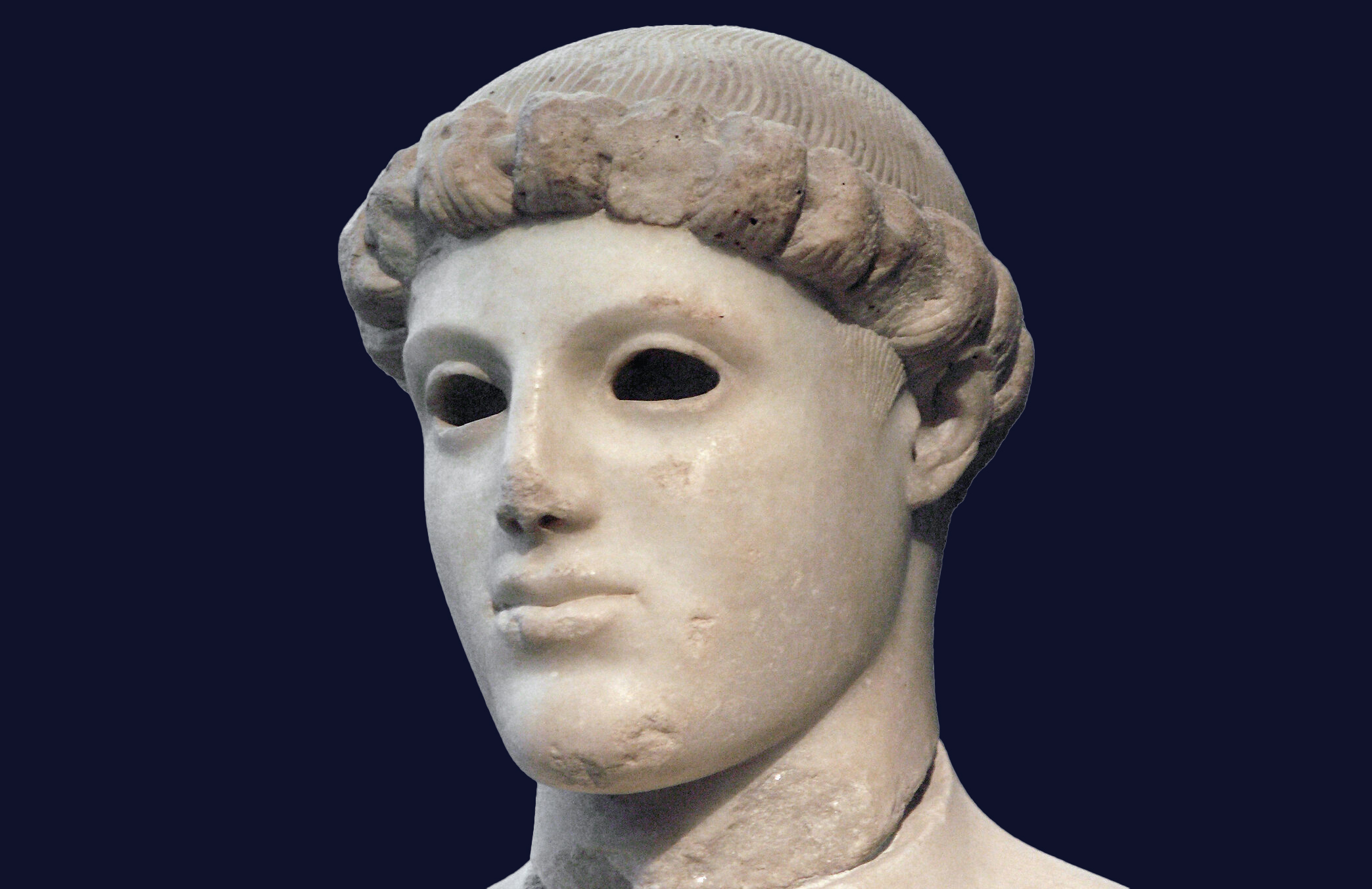
Following war with the Persians, this highly naturalistic sculpture was buried out of respect.
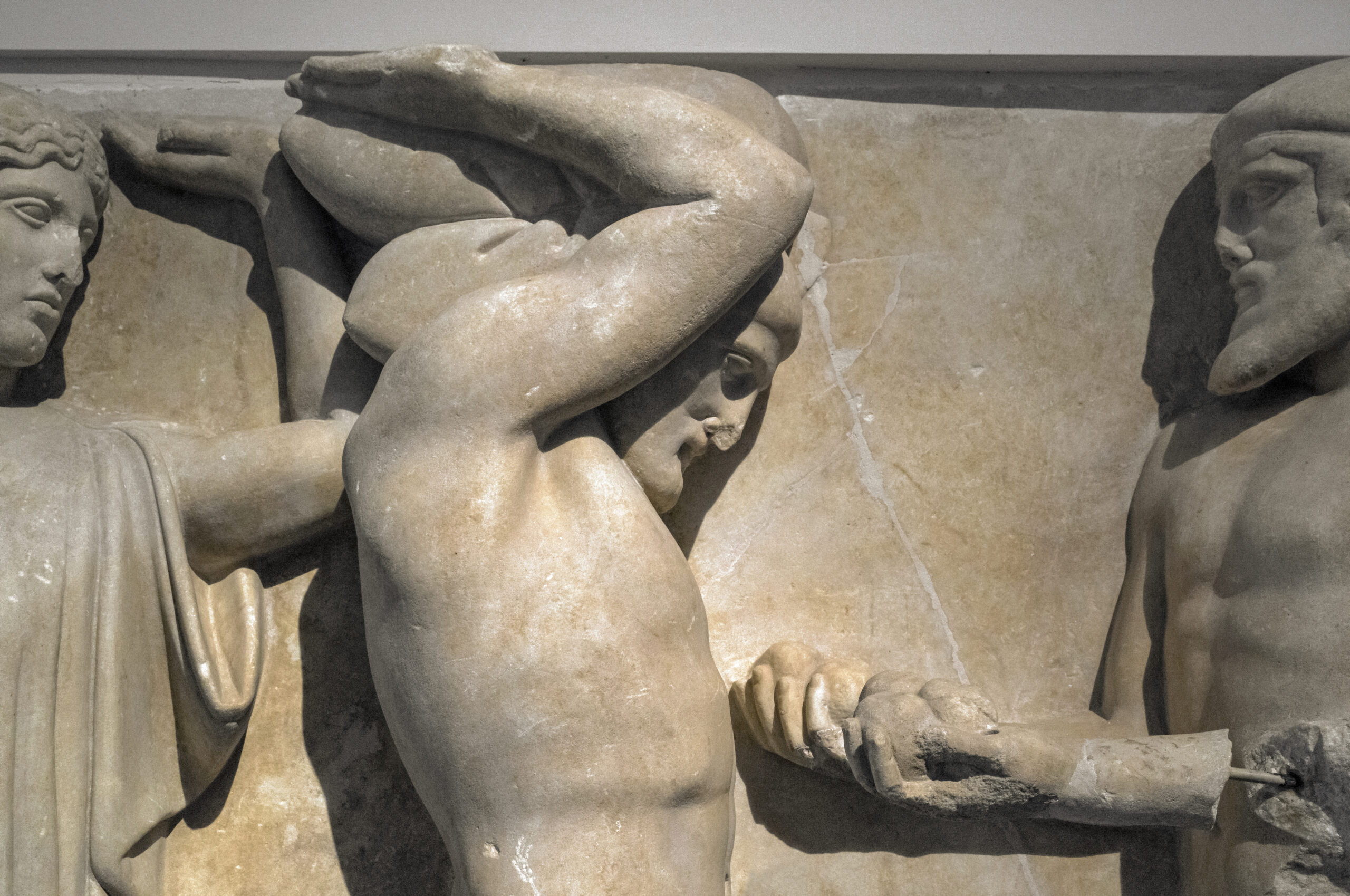
Originally part of the Temple of Zeus at Olympia, this metope tells an important story from the life of Herakles.
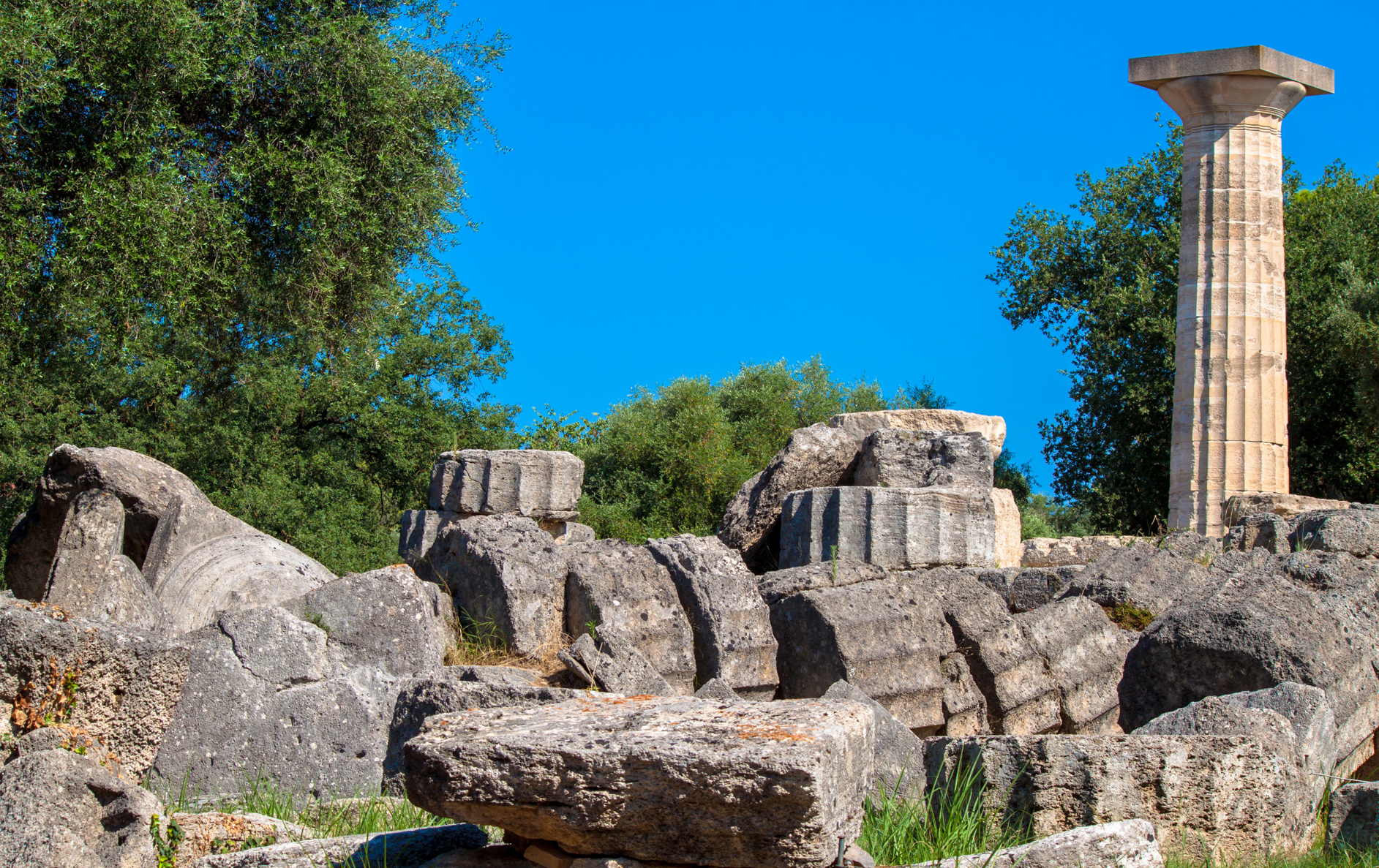
The Temple of Zeus and its decorations encouraged visitors to consider the heroism and artistic prowess of the Greeks.
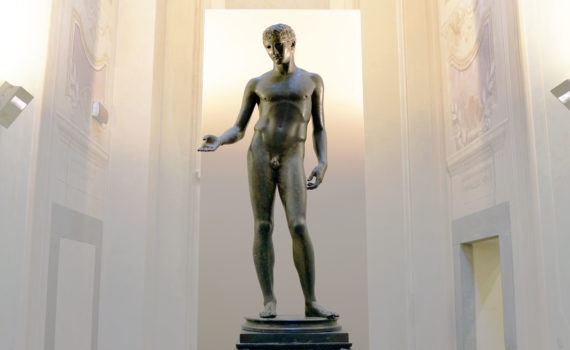
The ancient Greeks mastered the naturalistic representation of the human body, and the Renaissance revived it.
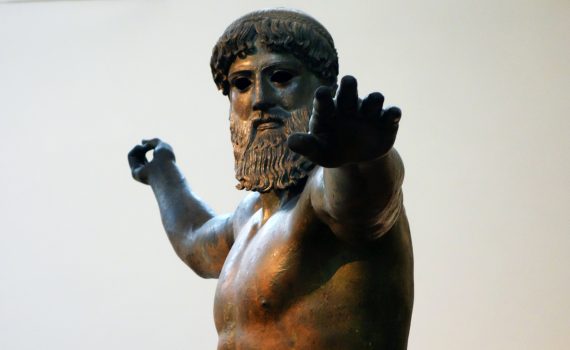
This bronze god sank to the bottom of the sea where he sat for millennia, but who is he and what can he tell us?
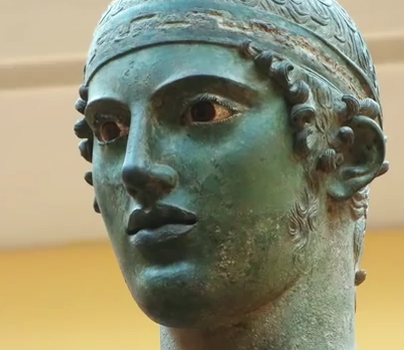
Take part in the celebration of an athlete’s victory—this life-size bronze is a hinge between the Archaic and Classical.
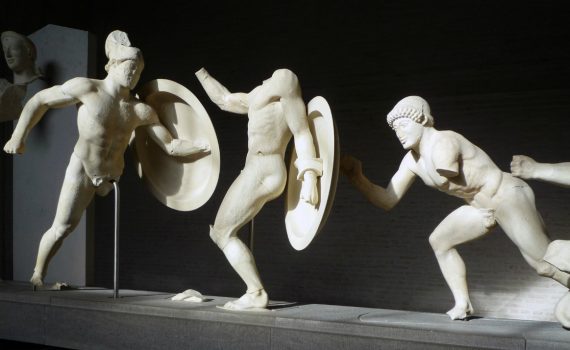
Explore the evolution of ancient Greek sculpture with two groups from the same temple, but that seem ages apart.
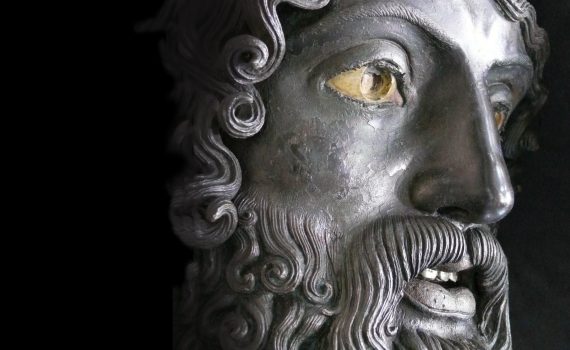
Archaeologists pulled these bronze warriors from the sea in 1972, but their origin and date remain a mystery.